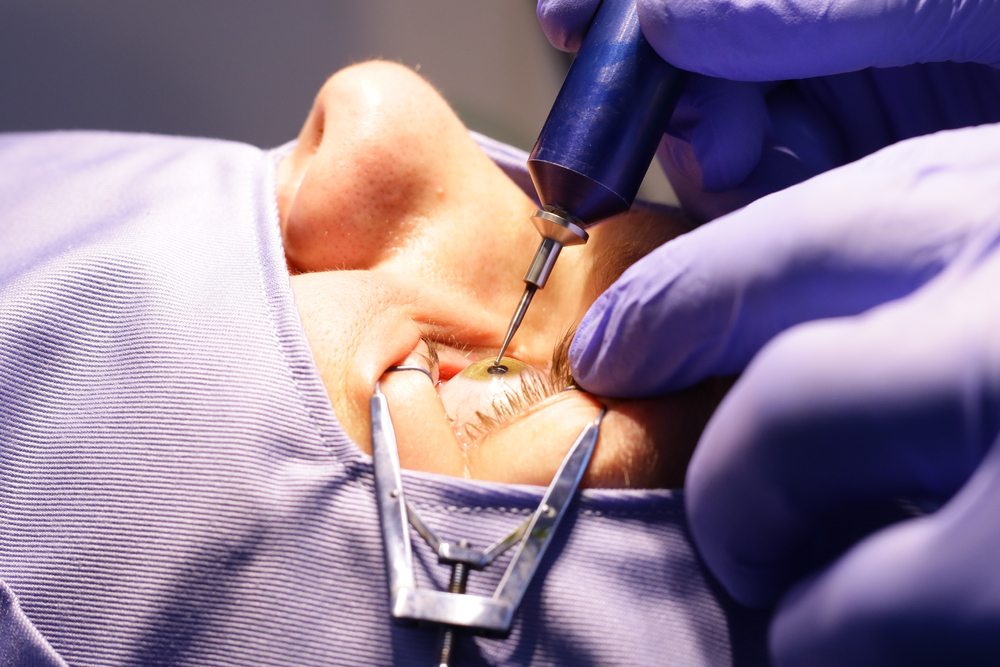
If you're tired of the daily nuisances that come with glasses or contacts, you're not alone. Millions of people have turned to LASIK for a long-term solution. However, as with any medical procedure, it's essential that you're well-informed before making a decision.
What is LASIK?
LASIK is a form of refractive surgery that uses a specialized laser to correct vision by altering the shape of the cornea. The cornea is the transparent front part of the eye that helps to focus light to create an image on the retina. If the cornea is not perfectly shaped, it can cause refractive errors, which result in blurred vision.
The technology behind LASIK has evolved significantly since its introduction, with advancements leading to higher success rates and reduced risk of complications. Most individuals who undergo LASIK achieve 20/25 vision or better, which is sufficient for most activities. However, it's important to have realistic expectations and understand that results can vary based on individual conditions.
Why Consider LASIK Surgery?
You might consider LASIK for several reasons. The most obvious benefit is the potential to achieve near-perfect vision without the need for corrective lenses. Imagine waking up in the morning with clear sight, or enjoying outdoor activities without the hassle of glasses slipping off your nose or the discomfort of contact lenses.
LASIK can also be a cost-effective solution in the long run. While the upfront cost of surgery might seem steep, it can actually save you money over time. Consider the recurring expenses of purchasing new glasses, contact lenses, and associated products like lens solutions — these can all add up.
Another reason to consider LASIK is the lifestyle convenience it offers. You're no longer bound by the limitations of corrective eyewear. Whether you're an athlete or someone who enjoys a spontaneous lifestyle, the freedom from glasses and contacts can be life-changing. Additionally, LASIK is known for its quick recovery time, allowing you to return to your normal activities relatively soon after the surgery.
Who Are the Ideal Candidates for LASIK?
When considering LASIK, it's vital to understand who makes an ideal candidate for the procedure. The best candidates are individuals over the age of 18, with a stable eye prescription for at least a year. This stability indicates that your vision is unlikely to change significantly after the surgery, ensuring long-lasting results.
Your overall eye health is also a determining factor. Candidates should be free from eye diseases such as keratoconus, glaucoma, or cataracts. The corneal thickness plays a crucial role as well; there must be sufficient corneal tissue to safely perform the surgery. Those with extremely thin corneas may be at higher risk for complications.
Lifestyle considerations are also taken into account. If you're engaged in contact sports or activities that pose a high risk of eye injuries, LASIK might not be the best option. Furthermore, certain medical conditions, such as autoimmune diseases or diabetes, may affect healing and make you a less ideal candidate. A thorough consultation with an eye care professional is necessary to determine your suitability for LASIK.
Understanding the LASIK Procedure
The LASIK procedure is typically completed within 15 to 30 minutes for both eyes. It's an outpatient procedure, meaning you won't need to stay at the clinic overnight. Before the surgery, your optometrist will perform a detailed eye exam to map the cornea's shape and measure its thickness, pupil size, and refractive errors.
On the day of the surgery, you'll be given numbing eye drops to minimize discomfort. Your eyelids will be held open with a special device to prevent blinking. The surgeon will then use a laser or a microkeratome to create the corneal flap. Once the flap is lifted, you'll be asked to focus on a target light while the excimer laser reshapes the cornea.
The precision of the laser allows for meticulous adjustments to the corneal shape, which are based on the pre-operative mapping of your eye. After the cornea is reshaped, the surgeon will lay the flap back into place, where it naturally adheres without the need for stitches. The procedure is generally painless, though you might feel some pressure on your eye.
Post-LASIK Procedure
Once your LASIK surgery is complete, you'll likely notice an immediate improvement in your vision, though it may not be crystal clear just yet. It's common to experience some blurriness and fluctuations in vision as your eyes adjust and heal. Most people can return to their normal activities within a day or two, but your surgeon will advise you on specific post-operative care.
You'll be prescribed eye drops to prevent infection and inflammation and to keep your eyes moist. It's crucial to follow the medication regimen and attend all follow-up appointments to ensure proper healing. It's also essential to avoid rubbing your eyes, as this can dislodge the corneal flap before it fully heals.
In the weeks following LASIK, take precautions to protect your eyes from bright light and UV exposure. Sunglasses with complete UV protection are recommended when you're outdoors. As your eyes continue to heal, you'll gradually notice further improvements in your vision, reaching optimal results typically within three to six months.
Conclusion
LASIK surgery offers a promising solution for those seeking freedom from glasses and contact lenses. With its high success rate, quick recovery, and potential long-term cost savings, it's no wonder why so many choose this path to clearer vision. However, it's not a decision to be taken lightly. You must consider your eligibility as a candidate, have realistic expectations, and choose an experienced surgeon.
For more information on LASIK surgery or to determine if this procedure is right for you, visit Metro Eye Care at our office in Edwardsville, Illinois. Call (618) 577-3771 to schedule an appointment today.





